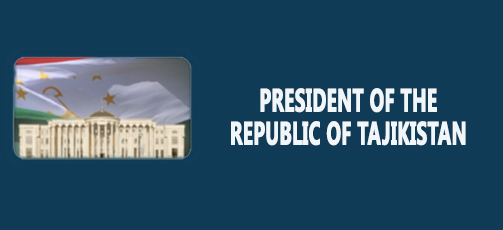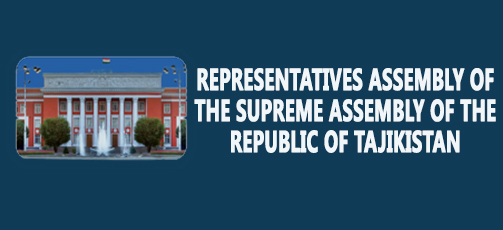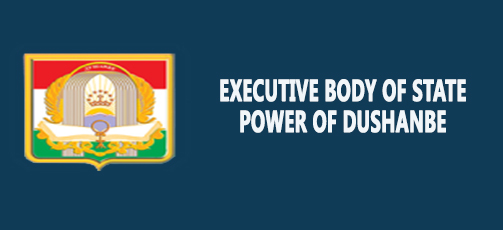World Bank Supports Energy Security in Tajikistan
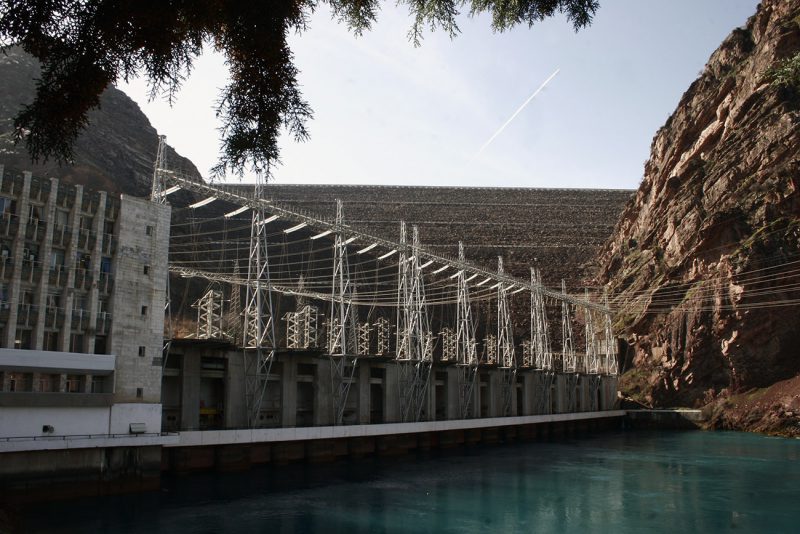
DUSHANBE, 04.05.2017. /NIAT “Khovar”/.The people of Tajikistan and local enterprises will gain access to a more reliable supply of electricity with the approval of US$225.7 million in financing from the International Development Association (IDA) for the Nurek Rehabilitation Project. The World Bank financing, one-quarter in grants and three-quarters in credits, will refurbish the Nurek Hydropower Plant in Tajikistan, the Bank said.
“A reliable energy supply is needed to achieve sustainable socio-economic development, help businesses expand and improve the quality of life for citizens,” said Jan-Peter Olters, World Bank Country Manager for Tajikistan. “With today’s decision, the World Bank is supporting Tajikistan’s efforts to ensure energy security for its people and financial viability of the country’s energy system, which will support dynamic rates of sustainable and inclusive growth.”
The first phase of the Nurek Hydropower Plant (HPP) rehabilitation will cost an estimated US$350 million. In addition to the World Bank’s IDA support, additional financing will be provided by the Asian Infrastructure Investment Bank (US$60 million), the Eurasian Development Bank (US$40 million), and other sources (US$24 million). With these funds, the Tajik authorities will rehabilitate three generating units and replace six auto-transformers used to regulate voltage of the generated electricity (US$310 million); enhance dam safety, including a special focus on the protection against seismic hazards and floods (US$30 million); and strengthen the institutional capacity of open joint stock holding company Barqi Tojik and improve its operational and financial performance (US$10 million).
The Nurek HPP, with an installed capacity in excess of 3,000 megawatts, is the key asset of Tajikistan’s energy system. Its rehabilitation is central to the Government’s efforts to provide reliable electricity supply, especially during the winter months. The power plant, which generates about 70 percent of total annual energy demand, suffers from dilapidated equipment and infrastructure. The facility did not go through major rehabilitation since it was commissioned in 1972, it is currently only 77 percent operational. The proposed rehabilitation investments will increase winter generation by 33 million kWh, helping to address a key bottleneck.
During the November–March heating season, energy demand is highest and, at present, frequently unmet. During the summer months, Tajikistan could expand electricity exports from non-fossil sources and thus generate much-needed additional revenues for the power sector.
The project will be implemented by Barqi Tojik, with the first phase being implemented during 2017–23. The Government of Tajikistan will start preparations for the project’s second phase in 2019.
The World Bank Group’s active portfolio in Tajikistan includes 21 projects totaling US$357 million that aim at supporting economic growth through private-sector development, while investing in better public services for people, such as education, health, municipal services, and social protection. Since 1996, the World Bank has provided US$1.1 billion in grants, highly concessional IDA credits, and trust fund resources.
The World Bank Group is committed to supporting Tajikistan in its efforts to improve the lives of its people, especially the most vulnerable households in the country’s rural areas, and meet the aspirations of its young and growing population.










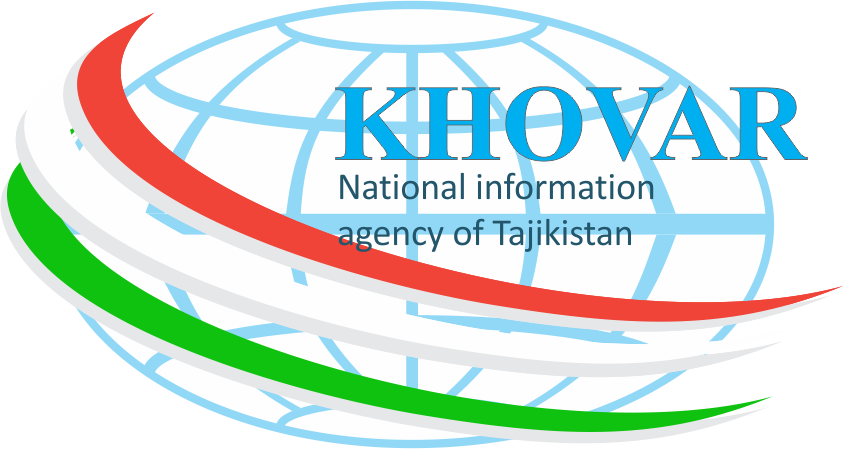
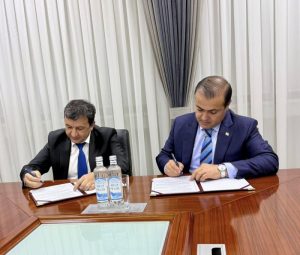 Tajikistan builds iron ore enrichment plant
Tajikistan builds iron ore enrichment plant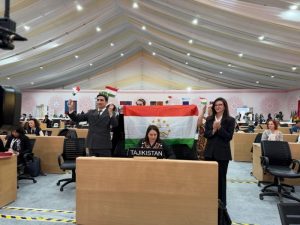 Tajik sumanak added to UNESCO Representative List of the Intangible Cultural Heritage of Humanity
Tajik sumanak added to UNESCO Representative List of the Intangible Cultural Heritage of Humanity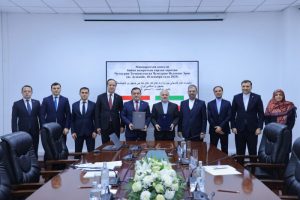 Tajik — Iranian consultations on consular issues were held in Dushanbe
Tajik — Iranian consultations on consular issues were held in Dushanbe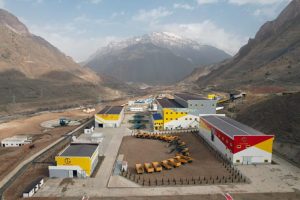 Dushanbe to host second International Mining and Metallurgical Forum
Dushanbe to host second International Mining and Metallurgical Forum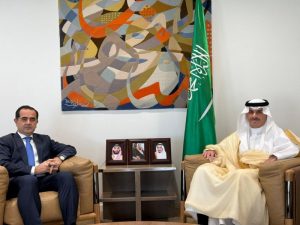 Tajikistan, Saudi Arabia discuss cooperation in consular affairs
Tajikistan, Saudi Arabia discuss cooperation in consular affairs Statement of the Press Center of the Border Troops of the State Committee for National Security of the Republic of Tajikistan
Statement of the Press Center of the Border Troops of the State Committee for National Security of the Republic of Tajikistan Tajikistan will host International Symposium dedicated to Ancient Khutal
Tajikistan will host International Symposium dedicated to Ancient Khutal Dushanbe to host SCO Youth Forum in 2026
Dushanbe to host SCO Youth Forum in 2026 Biogas in Rural Areas: A Real Solution or a Temporary Experiment in Tajikistan?
Biogas in Rural Areas: A Real Solution or a Temporary Experiment in Tajikistan? Tajikistan strengthens cooperation with the United States in the field of digitalization
Tajikistan strengthens cooperation with the United States in the field of digitalization Tajikistan, U.S. begin drafting agreement on air communications
Tajikistan, U.S. begin drafting agreement on air communications Tajikistan initiates synergy between the CIS, CSTO, and SCO approaches in the field of deradicalization
Tajikistan initiates synergy between the CIS, CSTO, and SCO approaches in the field of deradicalization









